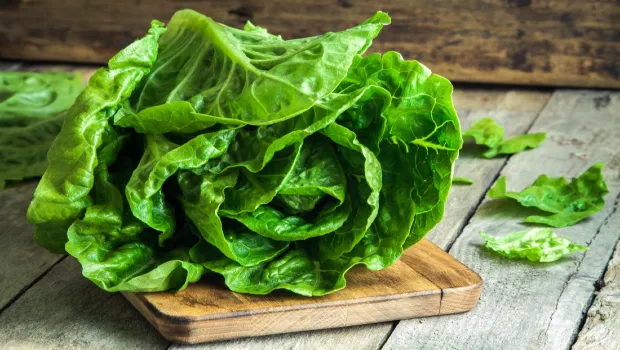Lettuce 4 Benefits, Usage, Store
Lettuce Nutrition

| Lettuce (100g) Nutrition | |||
| Carbohydrate | Protein | Fat | Calories |
| 2.9g | 1.4g | 0.2g | 15kcal |
| Main Nutrition | Vitamin C, K, calcium, dietary fiber | ||
| Main Benefits | Relieves constipation, prevents osteoporosis, and promotes sleep health | ||
| Side Effects | Excessive intake may cause drowsiness. Be careful when consuming if you have thyroid disease. | ||
Lettuce is a cultivated variety of lettuce, with leaves that are curled inside. It was first cultivated in Egypt and is similar to cabbage, but has a less sweet taste and a less hard and crunchy texture. Lettuce is a vegetable with a lot of moisture, containing about 94-95% moisture. It can be eaten in salads, sandwiches, hamburgers, etc. and in a variety of ways. It is mostly eaten raw, but it can also be eaten boiled.
Lettuce Benefits

1. Sleep health
Lettuce contains a substance called lactusin, which acts as a type of sedative. This ingredient is effective in calming sensitive nerves and relaxing muscles. It also has a hypnotic analgesic effect and a sleep-promoting effect, helping to cure insomnia. Because of these effects, it was used even in the Middle Ages to relieve insomnia.
2. Relief of constipation
Lettuce contains a lot of water and dietary fiber. This has the effect of promoting colonic movement, expelling intestinal waste and increasing the amount of stool. This helps not only relieve constipation but also prevent various intestinal diseases. It also serves as food for beneficial bacteria in the intestines and helps produce enzymes, thereby relieving constipation.
3. Prevention of anemia
Lettuce contains folic acid. Anemia occurs when there is a deficiency of folic acid. Consuming lettuce supplements the deficient folic acid and helps fight anemic cells and prevent anemia. In addition, it is rich in iron and minerals, which aids hematopoiesis and is effective in treating anemia.
4. Prevention of osteoporosis
Lettuce is rich in calcium and is rich in carotene, which is known to be good for bones, and vitamins C and K, which increase the absorption rate of calcium. In particular, if the body does not have enough vitamin K, the risk of osteopenia and fractures increases. Lettuce is rich in vitamin K, so supplementing it helps support bone health. It also helps prevent osteoporosis.
How to wash
- Before washing, press the core and spread the leaves.
- Put water in the center, wash it, turn it over and drain the water.
- Repeat this process 2-3 times, place on a strainer to remove moisture, and use for cooking.
Storage Method
Cut off the lettuce’s core and soft leaves, sprinkle flour on the core and wrap it in plastic wrap to prevent moisture from evaporating. If stored in the refrigerator, it can stay fresh for up to 7 days.
Side Effect
- If consumed in excessive amounts, the lactucin content may produce a hypnotic effect, which may cause drowsiness.
- People with thyroid disease should be careful because it contains ingredients that cause goiter.
- People taking blood thinners should be careful if they consume too much lettuce, as the vitamin K contained in lettuce can cause problems. This is because the effectiveness of the medicine may be reduced.
References
💠Healthline: Does Iceberg Lettuce Have Any Nutritional Benefits?
💠Organicfacts: 7 Impressive Benefits Of Lettuce